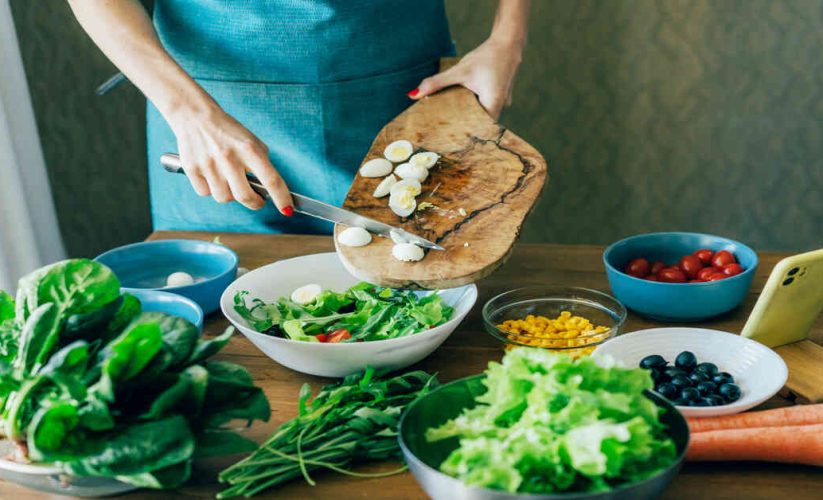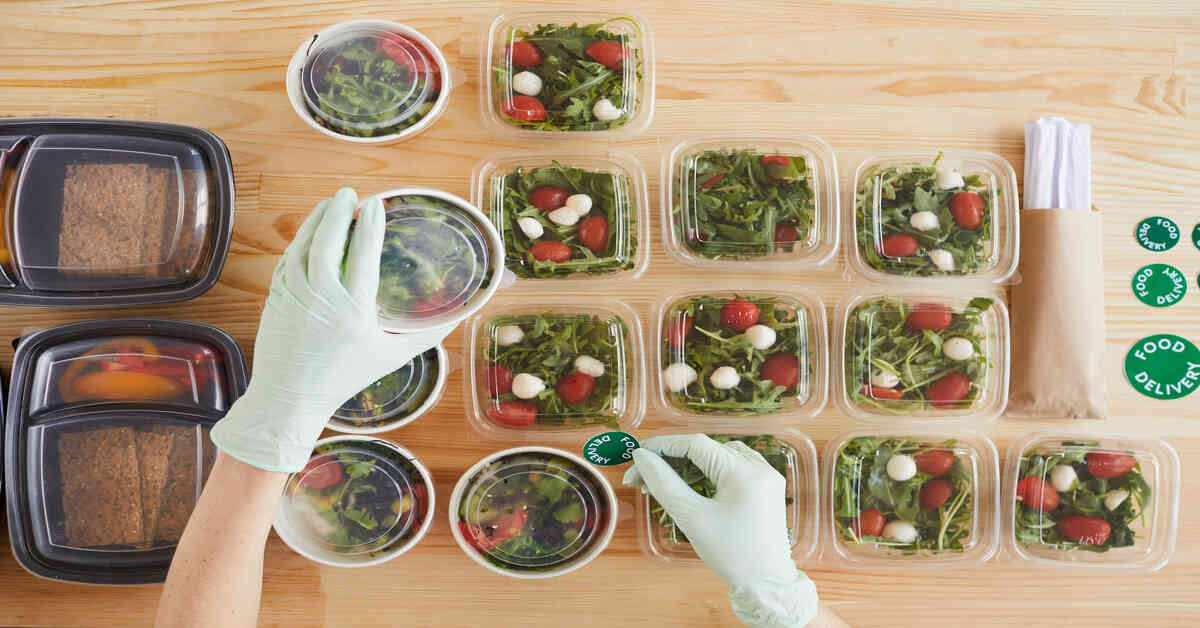
Grocery Shopping Strategies: Save Money, Eat Healthier
Let’s be honest, grocery shopping can feel overwhelming. Having unlimited options and glamorous packaging, you can either spend more than you had wanted or end up with unhealthy food. However, with the proper approach, you are able to shop wiser, save more, and stock your cart with foods that actually provide nutritional value to your body.
Knowing some of the practical smart tips on how to shop at the grocery store can entirely transform your intended way of shopping, purchasing, and preparing your food. This guide will help you make the most of each and every trip to the grocery store, whether you are a busy student, a family shopper or simply someone attempting to eat better on a budget.
Plan Before You Shop
Smart shopping starts even before you enter the shop. Begin by arranging your meals in advance. Make a list of all the ingredients that you require in each recipe and do inventory of what you are already in your pantry.
A meal plan can save time as well as avoid impulse purchasing. You will not waste as much money on snacks and other small extravagances when you know what you really want.
Pro Tip: Shop with a handy grocery list and make sure you separate them into categories (produce, grains, dairy, frozen and so on) so that the shopping is even quicker and organized better.
Shop the Perimeter First
As you may have observed the upper aisles of most grocery stores have the freshest and healthiest foods; fruits, vegetables, dairy, meats, and bread. Packaged, processed commodities are normally found in the center aisles.
You can get your cart full of whole foods when you start with your trip around the perimeter. Next, go to the center where you will find pantry goods such as rice, beans and spices.
This minor modification will make you eat better without limitations.
Buy in Bulk (When It Makes Sense)
One of the most convenient methods of saving money is bulk shopping, but it must be smart to save money. Dwelling on long-lasting food, such as oats, beans, lentils, and brown rice.
Do not buy large amounts of fresh products or dairy unless you are certain that you can consume it before it goes out of date. It is worth remembering that wasted food wastage is wasted money.
It is also possible to invest in reusable containers to ensure that bulk items are properly stored and minimal waste created when packaging.
Read Nutrition Labels
Marketing terms such as natural, low-fat or sugar-free are deceivers. Ask yourself to always read the back of the packaging with the ingredient list and nutrition facts.
- Find short and simple lists of ingredients.
- It should not contain added sugar and artificial preservatives.
- The size of checks, they tend to be smaller than they should be.
After getting used to reading labels, you will immediately start noticing healthier choices.
Shop Seasonally and Locally
Purchasing in-season produce is cheaper and it is fresher and tastier. Fruits and vegetables offered at the local farmers market are also cheap and of high quality.
By giving priority to local growers, you are giving priority to your community and also lessening your impact on the environment.
Attempt to find out what is in season where you live, this varies seasonally and will make your food intake automatically more diverse.
Avoid Shopping When Hungry
Among the most simplest and yet useful tips of smart grocery shopping, one should never go shopping without having eaten. When you are hungry, you will tend to take snacks and processed foods that you do not need.
Eat a light snack or breakfast and go to the store. It will be more convenient to follow your list and make a conscious decision.
Use Unit Pricing to Compare
Those few figures behind the price label the price per ounce or pound or liter can save you much money. Unit pricing makes it possible to easily compare similar pieces even in cases where the package size varies.
An example of this is that a big box of oats may appear costly, but it would tend to cost less per pound than purchasing small boxes and so on.
You have to always see behind the sticker price to get the real thing.
Go for Store Brands
Store-brand or generic goods can be of the same quality as name brands, but they are much lower in price. In the case of the pantry goods such as flour or pasta or tinned beans, the margins tend to be insignificant.
Every time, test a couple of store-brand products, you may be surprised at the amount of money you can keep in your pocket without sacrificing the quality or the nutritional content.
Incorporate Frozen and Canned Foods Wisely
Ice creamy fruits, vegetables, and canned beans are excellent low-budget foods. They have a long shelf life, minimize waste and could be as nutritious as fresh ones.
Simply opt out of salt, sugar or sauces. Weeknight meals are faster and less expensive without losing any quality using a bag of frozen spinach or canned tomatoes.
Track Your Spending
Put up your grocery receipts or use a budgeting app to monitor the amount spent every week. With time, you will begin to see trends in this (where you will spend and where you can spend less).
Budgeting your grocery life will assist you to remain disciplined and at the same time enjoy some occasional treats.
FAQs
1. How can I save money without sacrificing food quality?
Begin with whole foods grains, legumes and seasonal produce, they are cheap and healthy. Plan your shopping, look at prices per unit and do not fear that you might be trying store-brand products. Also cooking at home will help you expand your food supply and reduce spending on takeout or ready-to-eat food.
2. What are the best foods to buy on a budget but still eat healthy?
Find staple foods rich in nutrients which are both versatile and long-lasting; brown rice, oats, eggs, beans, lentils and frozen vegetables. These products are the basis of a myriad of healthy meals at a non-bankbreaking price. Serve them with herbs and spices to provide taste at a low-cost.
Final Thoughts
It is not about being a savvy grocery shopper but about making conscious decisions that will help you improve your health, pocket, and life.
Grocery shopping will no longer be a source of stress because, with proper planning, shopping and reading labels, and price comparing, you will have a more empowering shopping experience. These smart grocery shopping tips can make you create a kitchen where healthy foods will be stored, save money, and minimize waste.
And each smart decision you make is not only going to save you money but it will also invest in your future health and trust in the kitchen.




